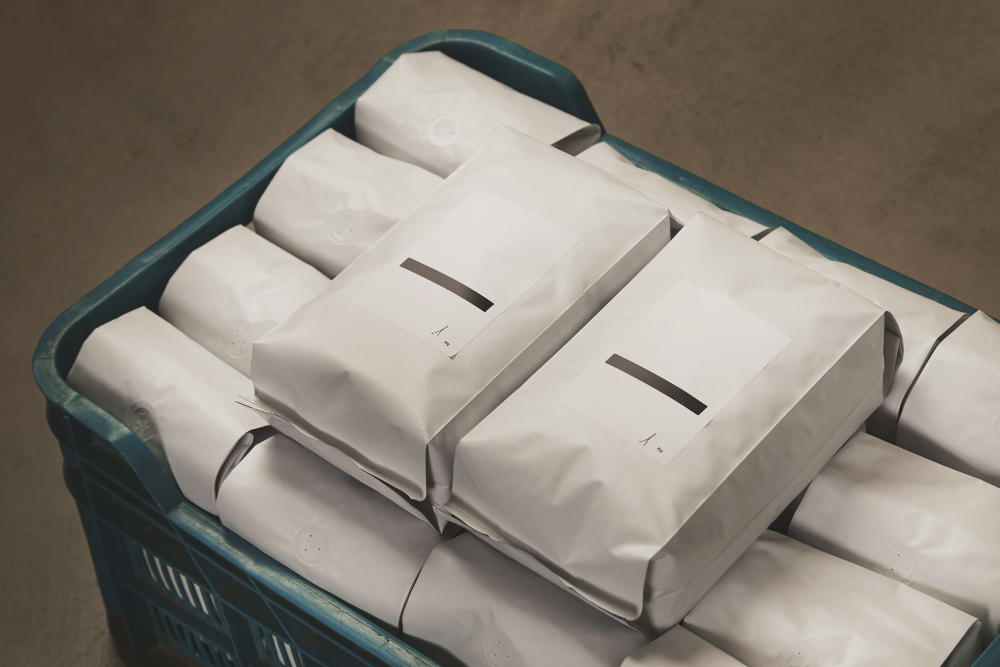When most people think of packaging, they imagine protection. A sack that holds cement, fertilizer, or resin until it reaches the customer. But for industrial businesses, packaging is more than containment. It is a system component- an active participant in how efficiently goods move, survive, and deliver value across the supply chain.
The geometry, density, and tensile strength of a woven sack can influence more than product safety. They shape stacking stability, container utilization, fuel efficiency, and even manpower costs. In other words, packaging design is logistics design.
Why Packaging Geometry Matters in Freight Optimization
Every cubic meter of a truck or container carries a cost. When sacks are poorly dimensioned or inconsistently filled, they leave air gaps that reduce payload efficiency. Over thousands of trips, this invisible space becomes a measurable loss.
A well-engineered woven sack, by contrast, considers not only how much it holds but how it stacks. The base width, gusset shape, and stitch placement determine how uniformly bags align on pallets. A 5% improvement in stackability can translate into higher load density and reduced transportation frequency, directly lowering fuel consumption and emissions.
In industries where tonnage rules—cement, fertilizer, food grains—packaging geometry can mean the difference between profit and waste.
The Role of Tensile Strength in Reducing Product Loss
Product loss during transit is one of the most underestimated costs in bulk supply chains. Torn or burst sacks may seem like isolated incidents, but their cumulative impact across shipments can be significant.
The tensile strength of woven polypropylene or HDPE fabric determines how well a sack can resist stress from stacking, dropping, and mechanical handling. High-denier tapes, balanced weaving patterns, and controlled elongation ratios create a fabric that absorbs dynamic load without rupturing.
By investing in stronger base fabric and better lamination processes, manufacturers can reduce spillage, contamination, and repacking costs. A single percentage reduction in transit loss can save thousands of rupees per consignment, while maintaining product integrity and brand credibility.
The Hidden Cost of Poor Bag Dimensions
A bag that is too long, too narrow, or poorly sealed affects more than aesthetics. It disrupts how products are loaded and stored at every touchpoint. Forklift operators spend more time aligning irregular stacks. Pallet films tear under uneven pressure. Warehouses lose space to inefficient stacking.
In high-volume sectors, even small inefficiencies multiply rapidly. A cement manufacturer using 1 million sacks annually could lose several hundred tonnes of storage capacity simply due to suboptimal bag sizing. Packaging design, therefore, becomes a matter of logistics economics.
Forward-thinking companies now collaborate with packaging partners to run digital simulations of load distribution and stacking behavior. They use data-driven design to predict performance under specific environmental and mechanical conditions.
Case Studies of Packaging-Led Efficiency Gains
Consider a fertilizer exporter who switched from flat-bottom to gusseted woven sacks. The new design improved stacking stability by 8% and reduced shipping frequency by nearly 4% over six months. Another example comes from the chemical sector, where a minor adjustment in bag width allowed 10% more product per container, lowering freight costs substantially.
These are not isolated innovations. Across industries, companies are discovering that packaging design can influence metrics as strategic as turnaround time, energy use, and storage cost.
Looking Ahead: Packaging as a Performance Lever
As automation enters warehousing and distribution, packaging will need to interface smoothly with robotic handling systems. The demand for uniformity, tensile precision, and consistent shape will grow stronger. Woven sack manufacturing will evolve from an artisanal process to an engineering discipline guided by data and material science.
Designing for containment will no longer be enough. Designing for movement, efficiency, and integration will define the next generation of industrial packaging.
The Takeaway
Packaging sits at the intersection of design and logistics. Every fiber, weave, and weld contributes to how efficiently a product moves through the supply chain. For too long, businesses have seen sacks as cost centers rather than performance enablers.
The truth is simple. Packaging is not the end of production. It is the start of efficiency.
